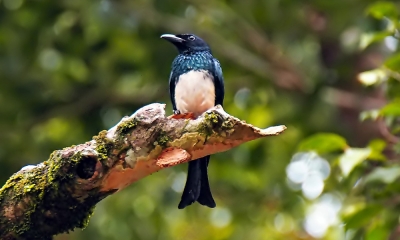
Mimicry, in biology, phenomenon characterized by the superficial resemblance of two or more organisms that are not closely related taxonomically. This resemblance confers an advantage—such as protection from predation—upon one or both organisms by which the organisms deceive the animate agent of natural selection. The agent of selection (which may be, for example, a predator, a symbiont, or the host of a parasite, depending on the type of mimicry encountered) interacts directly with the similar organisms and is deceived by their similarity. This type of natural selection distinguishes mimicry from other types of convergent resemblance that result from the action of other forces of natural selection (e.g., temperature, food habits) on unrelated organisms.
In the most-studied mimetic relationships, the advantage is one-sided, one species (the mimic) gaining advantage from a resemblance to the other (the model). Since the discovery of mimicry in butterflies in the mid-19th century, a great many plants and animals have been found to be mimetic. In many cases the organisms involved belong to the same class, order, or even family, but numerous instances are known of plants mimicking animals and vice versa. Although the best-known examples of mimicry involve similarity of appearance, investigations have disclosed fascinating cases in which the resemblance involves sound, smell, behaviour, and even biochemistry.
Credit : Britannica
Picture Credit : Google




